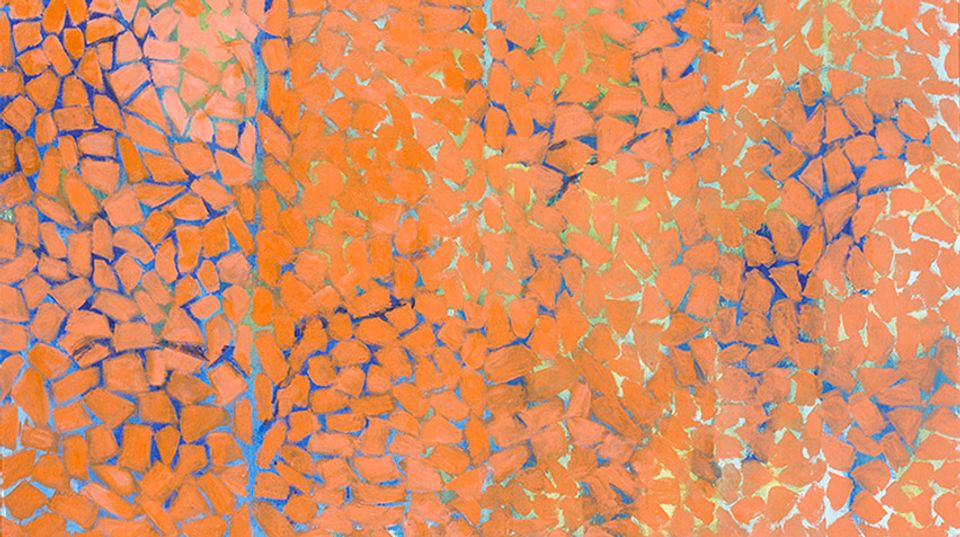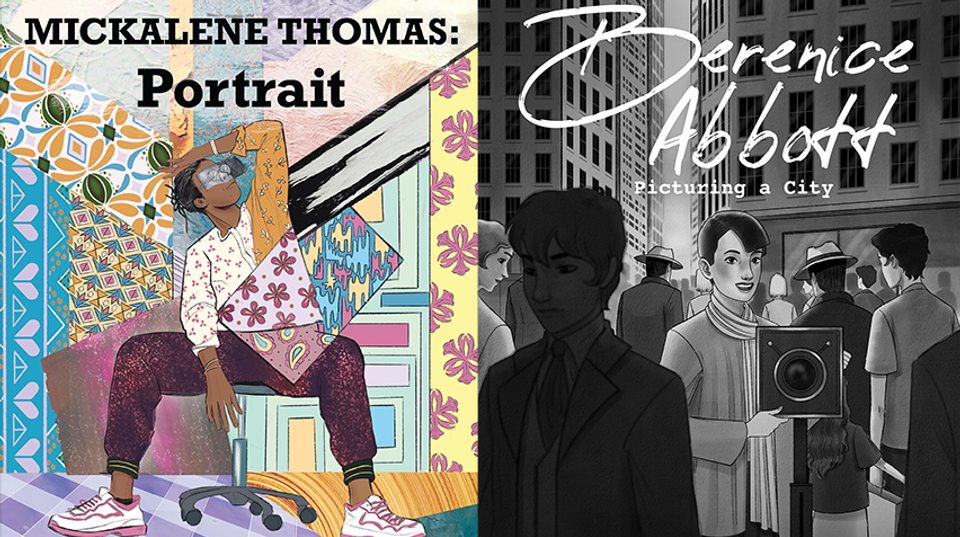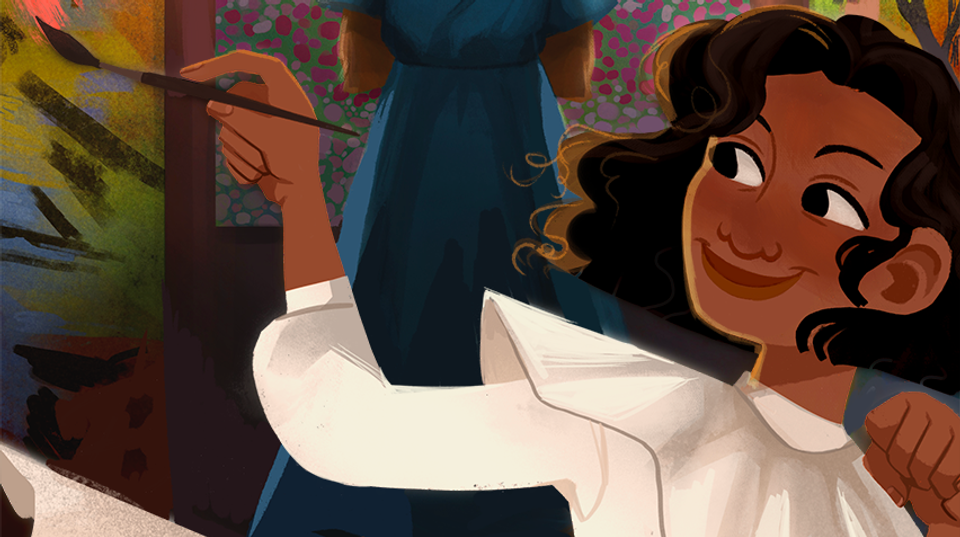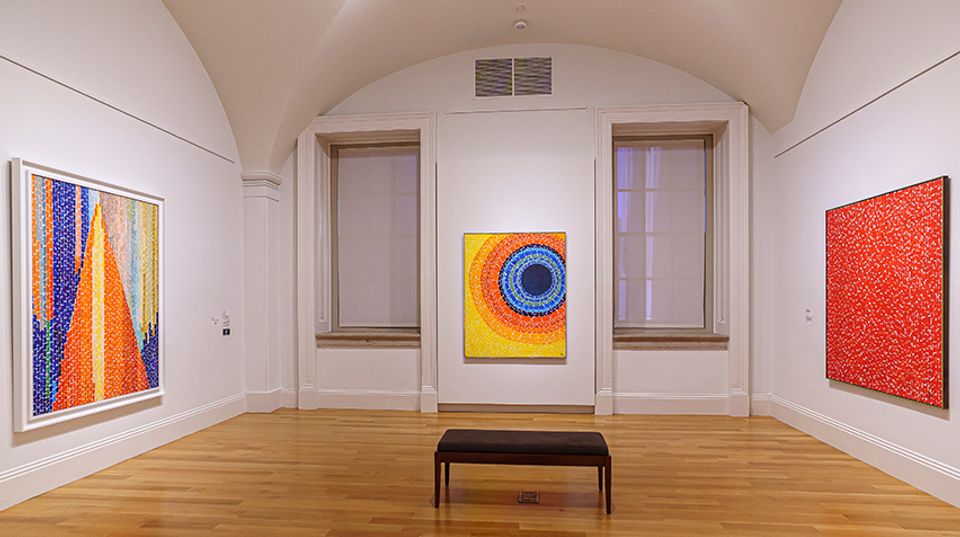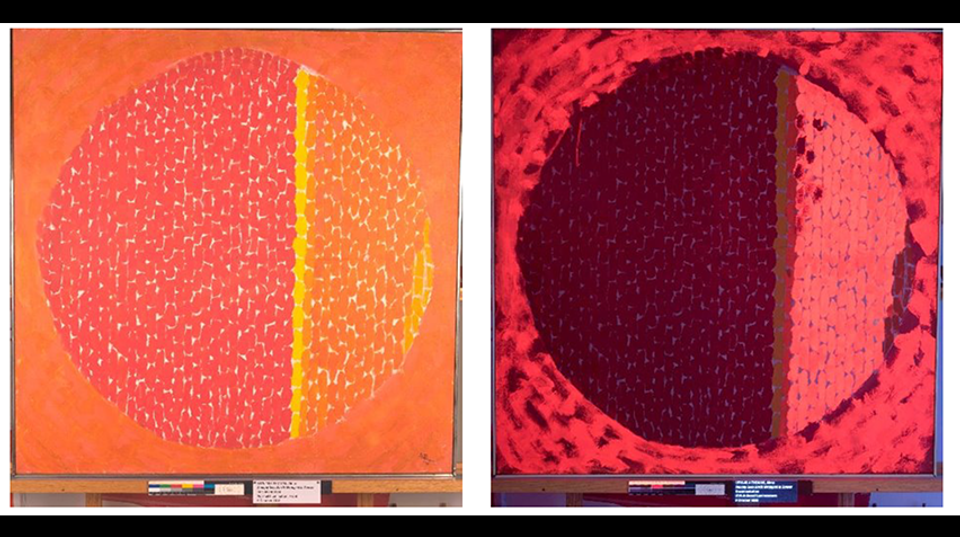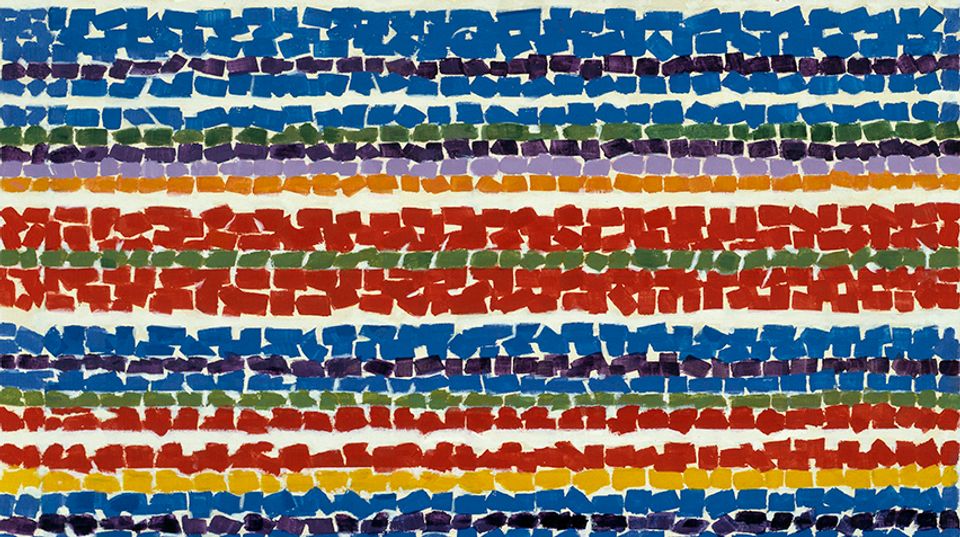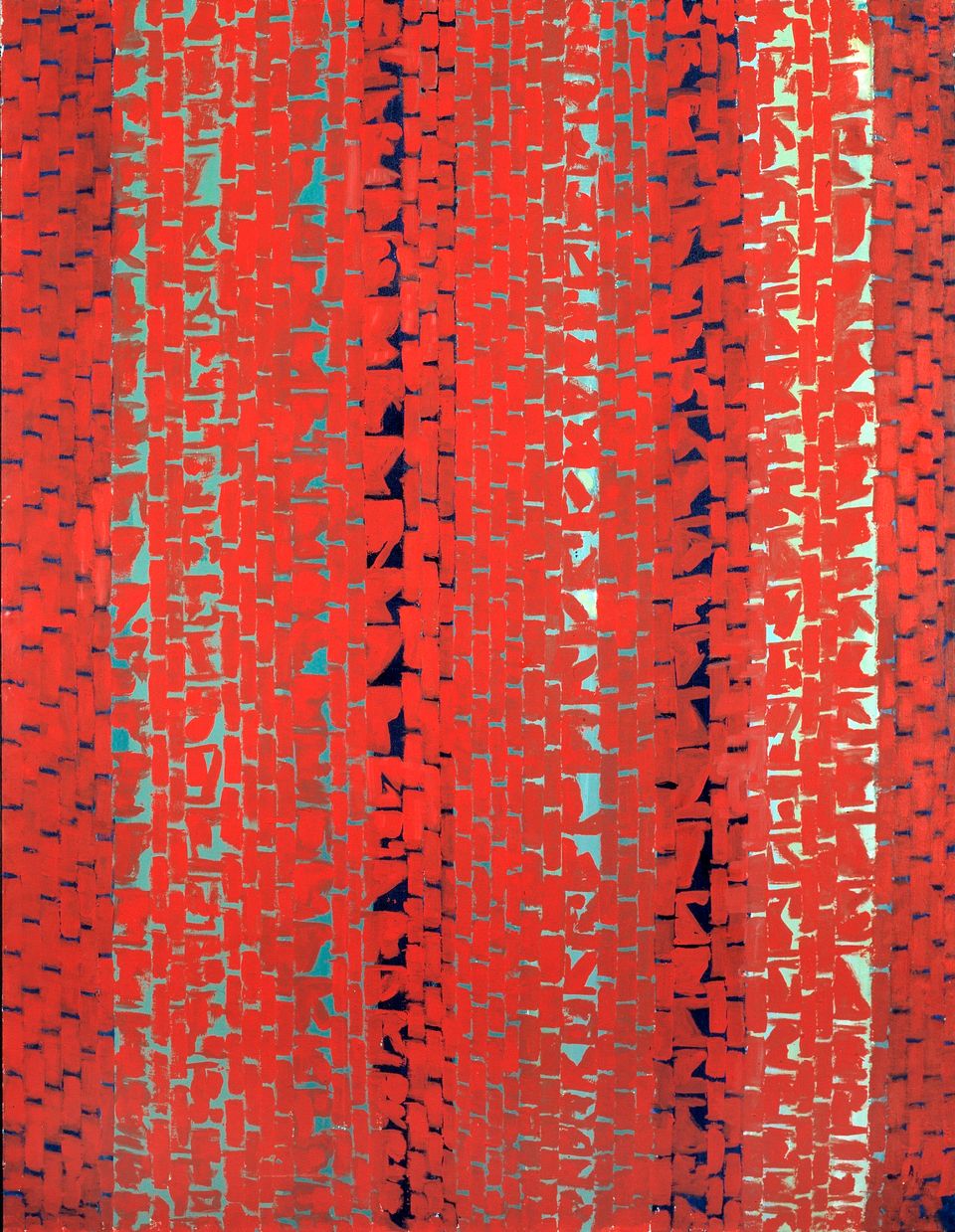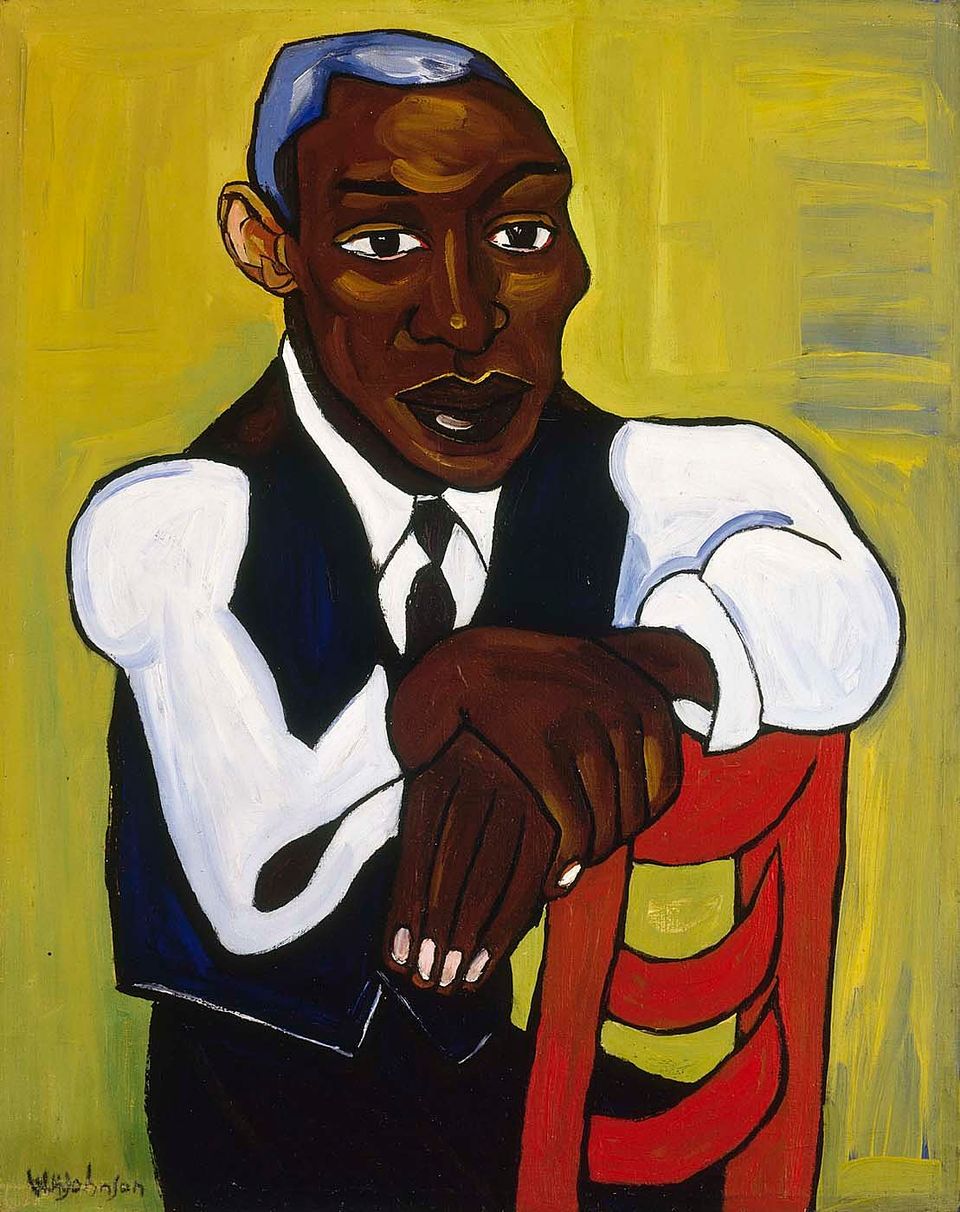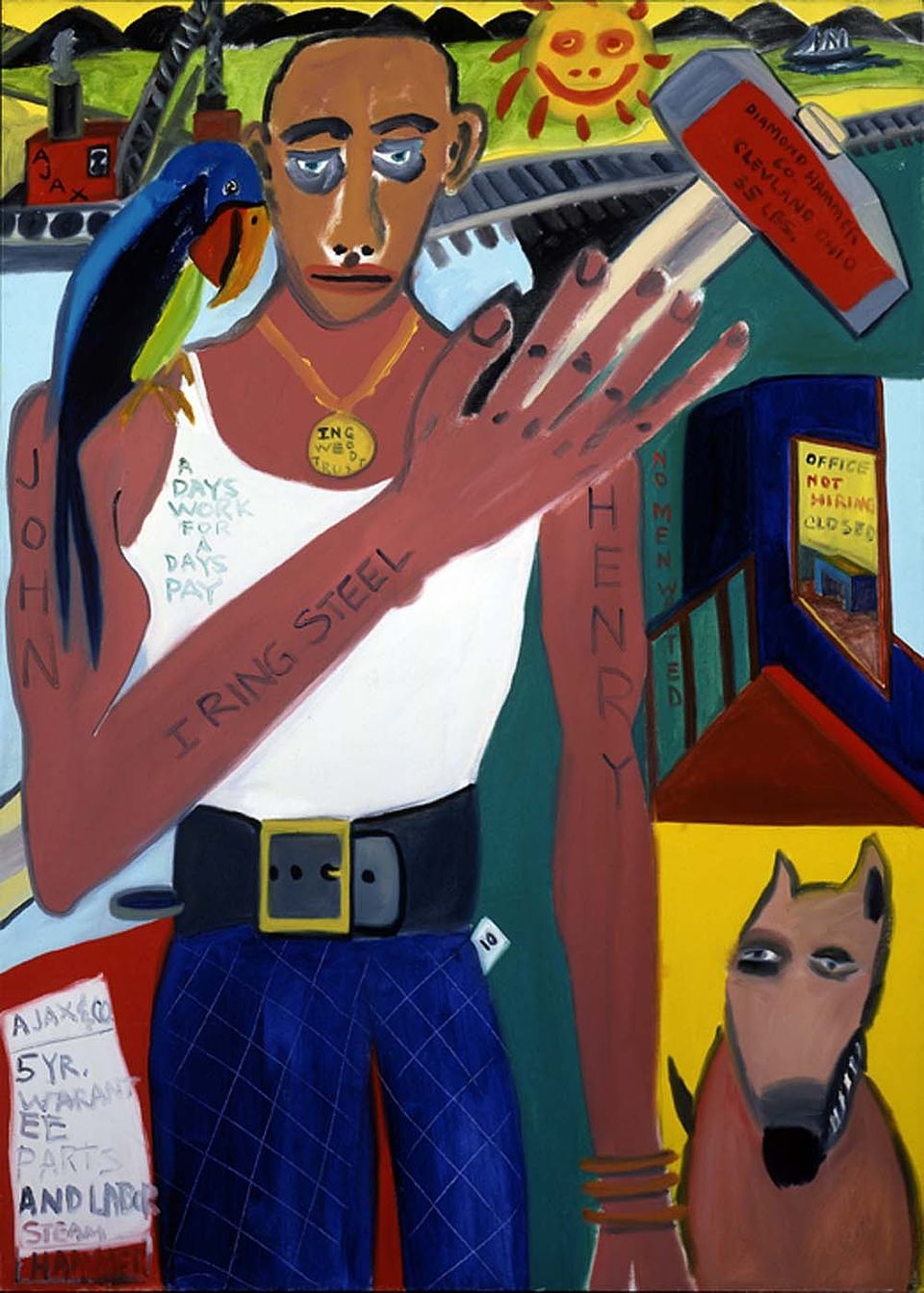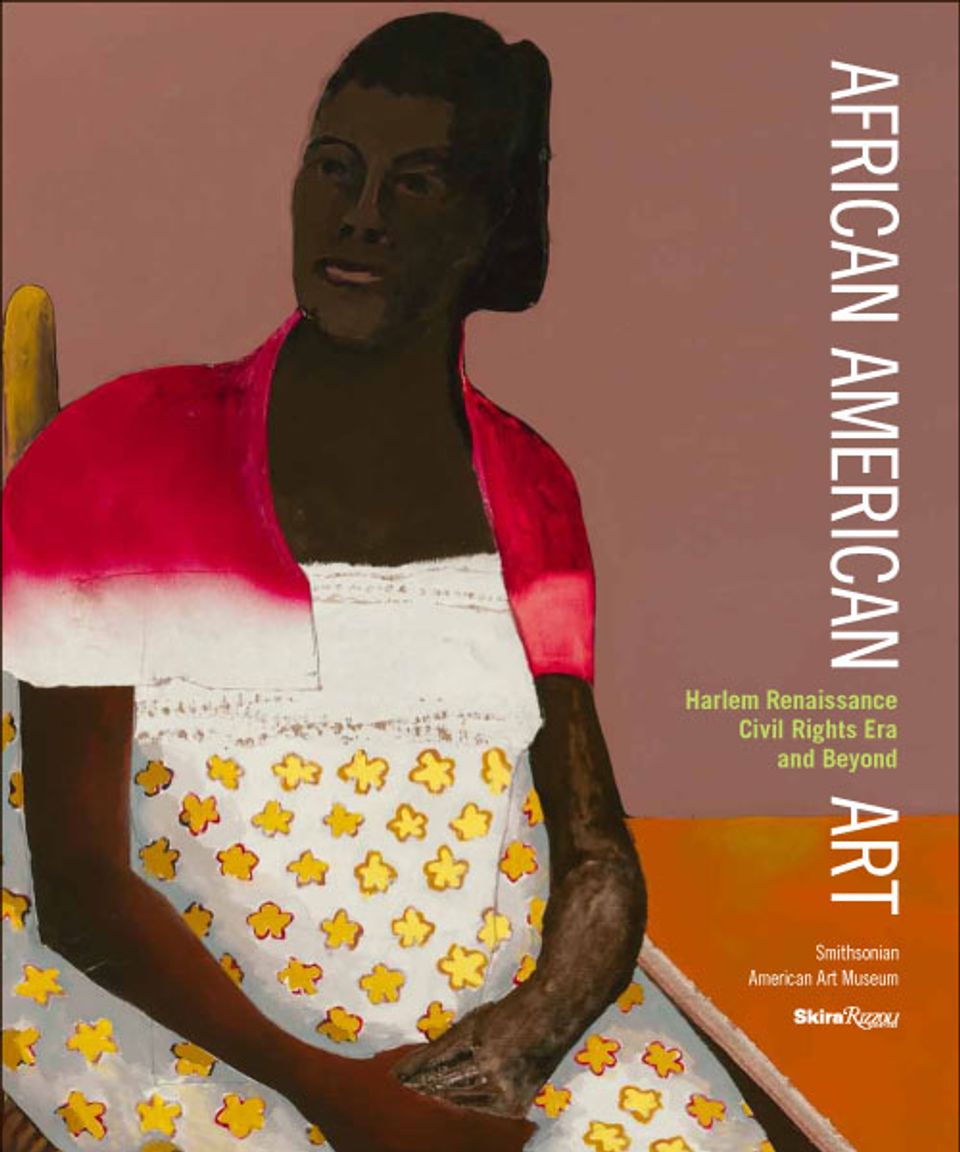Alma Thomas

Alma Thomas with her portrait by Laura Wheeler Waring, Portrait of a Lady (1947, SAAM) in her home, Washington, DC, 1968. Photo by Ida Jervis. Alma Thomas papers, circa 1894-2001, Archives of American Art, Smithsonian Institution
- Also known as
- Alma Woodsey Thomas
- Alma W. Thomas
- Born
- Columbus, Georgia, United States
- Died
- Washington, District of Columbia, United States
- Biography
“I’ve never bothered painting the ugly things in life. People struggling, having difficulty. You meet that when you go out, and then you have to come back and see the same thing hanging on the wall. No. I wanted something beautiful that you could sit down and look at. And then, the paintings change you.”
–– Alma Thomas, ca. 1977–78
Alma Thomas was a teacher and artist who developed a powerful form of abstract painting late in life. From the mid-1960s, she produced brilliantly colored and richly patterned works intimately connected to the natural world.
Thomas was raised in a household that emphasized culture and learning. In 1907, her family moved to Washington, DC, in search of greater educational opportunities and relief from racial violence in the South. In 1924, Thomas became Howard University’s first fine arts graduate, encouraged by the art department’s founding professor, James V. Herring. She then began an esteemed thirty-five-year teaching career at Shaw Junior High School. In addition, Thomas earned an MA in arts education at Columbia University in 1934 and studied art at American University during the 1950s. A significant figure in Washington’s art world, Thomas was associated with the Little Paris Group of artists and Howard University’s Gallery of Art. She was also instrumental in the 1943 formation of the cutting-edge Barnett Aden Gallery, among the first Black-owned galleries in the United States.
A talented representational artist, Thomas moved toward abstraction in the 1950s with works like The Stormy Sea (1958, SAAM), but she arrived at her signature style only after retiring in 1960. Spurred by the prospect of a 1966 exhibition at Howard, Thomas began painting with small daubs of vibrant colors arranged in rhythmic patterns, as in Light Blue Nursery (1968, SAAM). With these works, she charted a new path, inventively drawing on artistic practices ranging from French twentieth-century artist Henri Matisse and Bauhaus artist and color theorist Johannes Itten to local artists and peers, including painter and Howard professor Loïs Mailou Jones and abstract painters of the Washington Color School. Thomas consistently found inspiration in nature, as in paintings like Aquatic Gardens (1973, SAAM). Washington’s parks, the garden beyond her kitchen-studio, and memories of roses around her childhood home all proved vital touchstones. Scientific advances, especially early space travel and the new vantage points of Earth it afforded, also impacted Thomas’s work, as in Snoopy–Early Sun Display on Earth (1970, SAAM). Though Thomas attended the 1963 March on Washington, creating three related works, her practice and its attention to color did not overtly engage the civil rights movement. Instead, she emphasized beauty’s restorative power: “Through color, I have sought to concentrate on beauty and happiness, rather than on man’s inhumanity to man.”
Thomas’s post-retirement paintings earned tremendous critical praise—no small feat for an artist outside New York City. In 1972, she became the first Black woman to have a solo exhibition at the Whitney Museum of American Art, presenting The Eclipse (1970, SAAM) and Antares (1972, SAAM), among others. Around then, Thomas reflected on her segregated childhood: “One of the things we couldn’t do was go into museums, let alone think of hanging our pictures there. My, times have changed. Just look at me now.”
Authored by Katherine Markoski, American Women’s History Initiative Writer and Editor, 2024.
Works by this artist (1 item)
Videos
Exhibitions
Related Books
Related Posts
